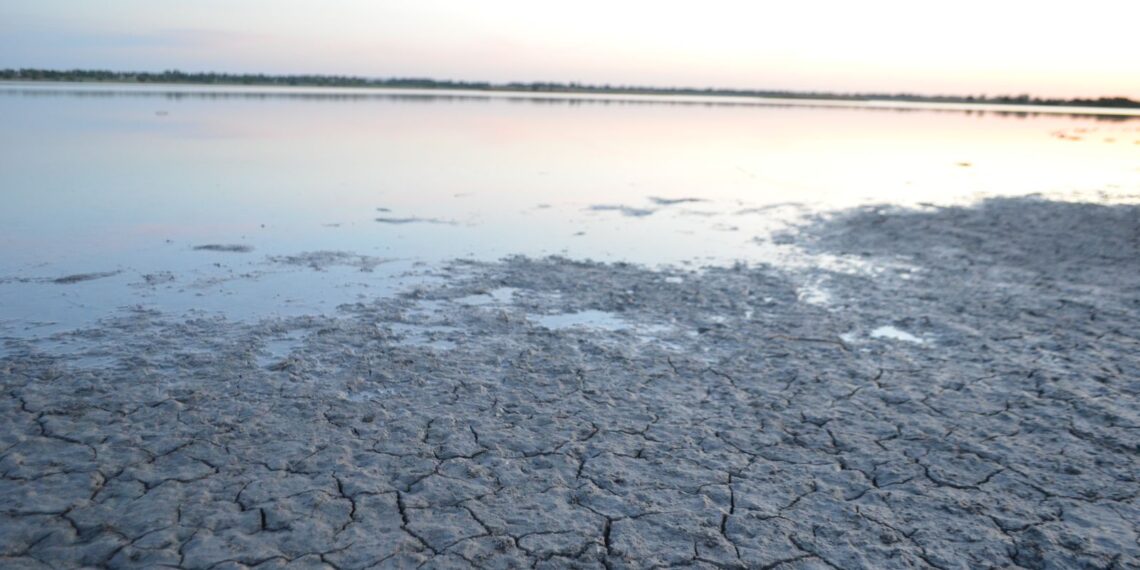In a study published on Thursday, it was found that more than half of the world’s large lakes and reservoirs have experienced a significant decrease in size since the early 1990s, primarily due to climate change. The findings raise alarm about the availability of water for agriculture, hydropower, and human consumption.
An international team of researchers reported that vital freshwater sources, including the Caspian Sea between Europe and Asia and South America’s Lake Titicaca, have collectively lost water at a rate of approximately 22 gigatonnes per year over the span of nearly three decades. This volume is equivalent to about 17 times the size of Lake Mead, the largest reservoir in the United States.
Fangfang Yao, a surface hydrologist at the University of Virginia who led the study published in the journal Science, stated that 56% of the decline in natural lakes was driven by a combination of climate warming and human consumption, with warming being the larger contributing factor.
While climate scientists generally predict that arid regions will become drier and wet areas will become wetter under climate change, the study discovered substantial water loss even in humid regions. Yao emphasized the significance of this finding, stating, “This should not be overlooked.”
The researchers assessed nearly 2,000 large lakes using satellite measurements in conjunction with climate and hydrological models. They identified unsustainable human use, changes in rainfall and run-off patterns, sedimentation, and rising temperatures as key factors leading to declining lake levels globally, with 53% of lakes experiencing a decrease from 1992 to 2020.
Nearly 2 billion people residing in drying lake basins are directly affected, and many regions have already faced water shortages in recent years.
Scientists and campaigners have long emphasized the need to limit global warming to below 1.5 degrees Celsius (2.7 degrees Fahrenheit) to prevent the most catastrophic consequences of climate change. Currently, the world is warming at a rate of approximately 1.1 degrees Celsius (1.9 degrees Fahrenheit).
The study revealed that unsustainable human practices have contributed to the drying up of lakes such as the Aral Sea in Central Asia and the Dead Sea in the Middle East. Additionally, lakes in Afghanistan, Egypt, and Mongolia have been impacted by rising temperatures, which exacerbate water loss to the atmosphere.
While water levels increased in a quarter of the lakes studied, these rises were often attributed to dam construction in remote areas, such as the Inner Tibetan Plateau.
The findings underscore the urgent need to address climate change and its impact on freshwater resources to ensure sustainable water management for the future.


